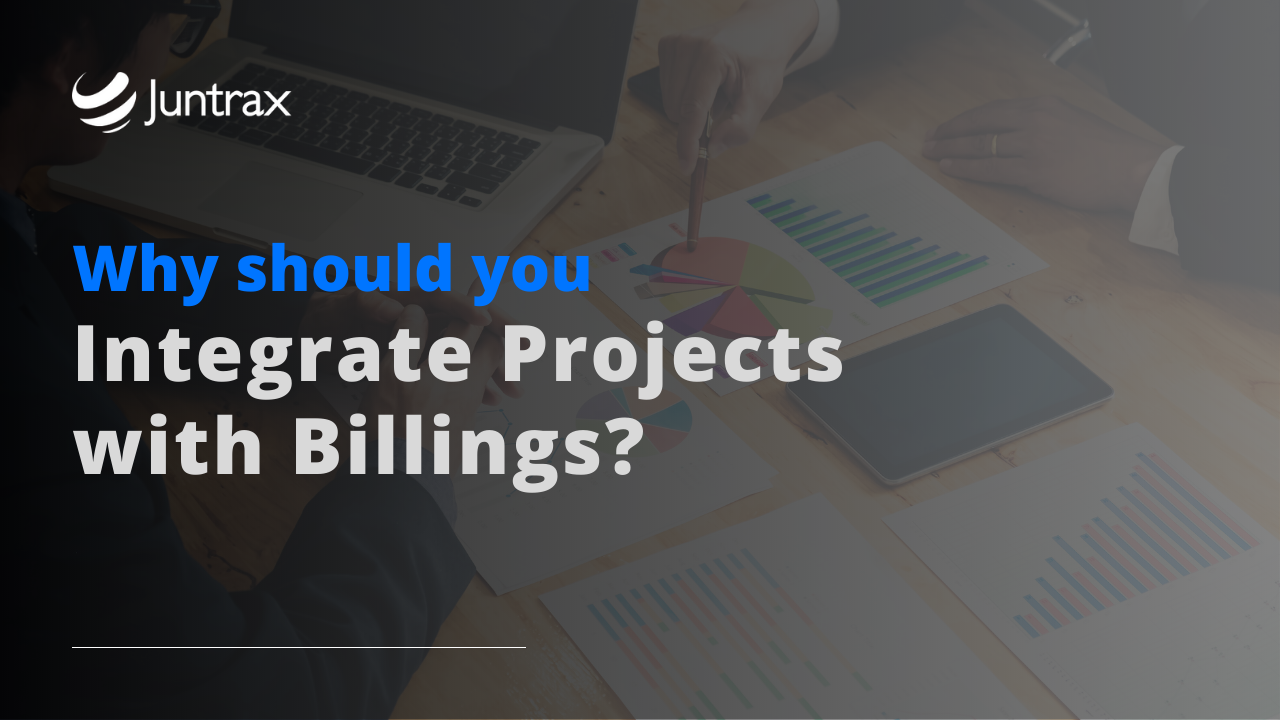Why should you integrate projects with billings?


In today’s fast-paced business world, staying organized and maximizing efficiency are key to success.
As companies juggle multiple projects simultaneously, Integrating Project Management with billing processes has become a crucial aspect of operations.
By bringing together project management tools and billing systems, businesses can streamline their workflows, improve accuracy, enhance transparency, and ultimately boost profitability. In this blog post, we will explore the various benefits of integrating projects with billing and why it’s a smart move for any organization.
1. Seamless Workflow Management:
Integrating project management with billing processes allows for a seamless flow of information and data across departments. By eliminating the need for manual data entry or transferring data between systems, you can save time, reduce errors, and ensure that everyone has access to up-to-date and accurate project information.
This integration enables project managers, team members, and billing departments to collaborate more efficiently, eliminating communication gaps and improving overall productivity.
2. Accurate Time and Expense Tracking:
Tracking project-related time and expenses is essential for billing clients accurately.
You can automate time tracking, expense logging, and billing calculations by integrating project management and billing systems.
This not only saves time but also ensures precision in invoicing. Real-time tracking of billable hours and expenses helps prevent revenue leakage and provides a transparent breakdown of costs to clients, enhancing trust and satisfaction.
3. Improved Invoicing and Cash Flow Management:
Integrating project management with billing enables you to generate invoices quickly and accurately.
With all project data readily available, you can automate invoice creation based on predefined billing rules, project milestones, or time spent on specific tasks. This integration eliminates the need for manual calculations and reduces the chances of errors or discrepancies in invoicing.
By streamlining the invoicing process, businesses can improve Cash Flow Management and expedite payments, leading to better financial stability.
4. Enhanced Project Monitoring and Reporting:
Integrating project management and billing systems provides comprehensive project monitoring and reporting capabilities.
By consolidating project data and financial information, businesses gain insights into project profitability, resource allocation, and overall financial performance. Project managers can track project costs in real-time, compare actual expenses against budgets, and make data-driven decisions to optimize project performance.
Additionally, integrated reporting features offer transparency to stakeholders, enabling them to monitor project progress and financial health effortlessly.
5. Strengthened Client Relationships:
Integrating projects with billings enhances client satisfaction and strengthens relationships.
By providing accurate and transparent billing information, clients gain trust and confidence in your organization’s professionalism.
Detailed invoices that clearly outline project costs and progress demonstrate transparency and accountability, improving client satisfaction and reducing potential disputes. A seamless integration also allows for timely communication of project-related updates, billing queries, or change requests, fostering a collaborative relationship with clients.
Conclusion:
Integrating projects with billings is a strategic move that brings numerous benefits to businesses.
The seamless flow of information between project management and billing systems improves workflow management, enhances accuracy in time tracking and invoicing, streamlines cash flow management, provides comprehensive project monitoring and reporting capabilities, and ultimately strengthens client relationships.
By embracing this integration, businesses can optimize their operations, increase efficiency, and boost profitability in a competitive market. Embrace the power of integration and unlock the full potential of your projects and billing processes.